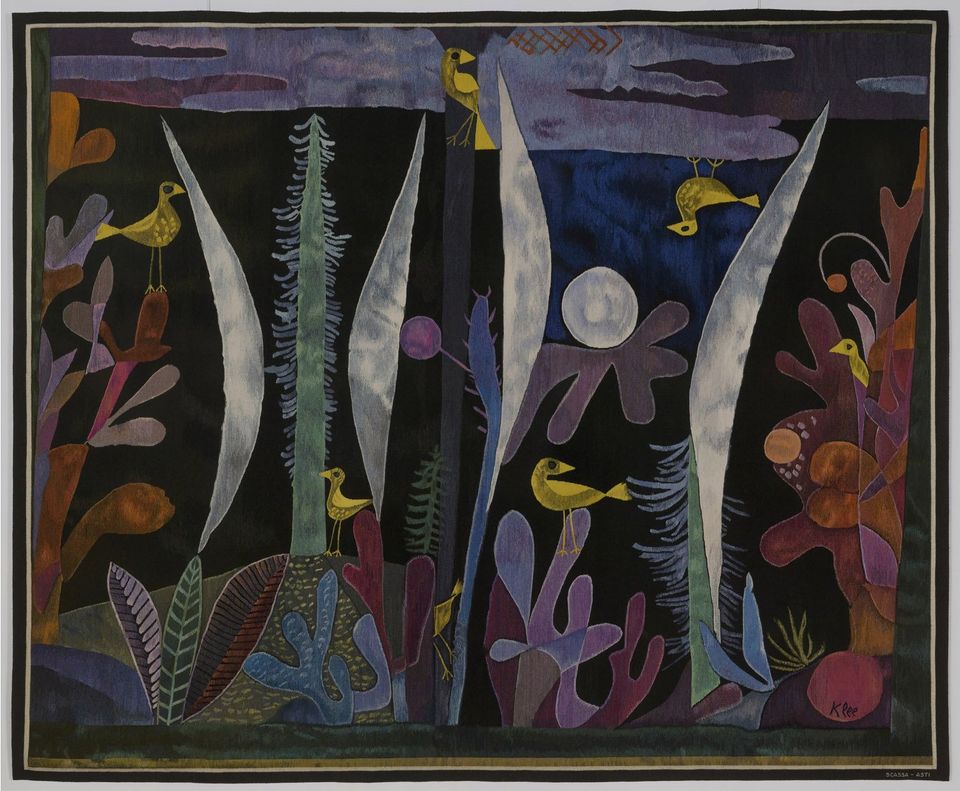Tapestries
Since the 1960s, Arazzeria Scassa has produced wool tapestries of the highest quality, with an exclusive high-heddled technique able to create shading and details that would be unthinkable with any other method.
Located in the historic premises of the Certosa di Asti, Arazzeria Scassa has managed over time to make the tradition of the great artistic productions of the past its own. This has been the case ever since Ugo Scassa obtained the contract to weave the tapestries that would adorn the halls of the Leonardo da Vinci cruise liner, with the selection board chaired by Giulio Carlo Argan.
Arazzeria Scassa’s future played out within a few years – the rendering of contemporary paintings in tapestry and especially abstract painting, was a great challenge. Specific technical choices were needed. The tapestries could not have been created with the “hachure” technique, which involves the combination of hatches in different colours within the same section, achieved by mixing yarns of different colours and tones together, as if they were a single strand. Subsequently, it was decided to project the image directly onto the warp threads, recreating the contours of the design by hand. Another technical choice was to work from the obverse and not the reverse, as usually occurs, allowing the weavers to be able to directly and immediately compare the design and the tapestry.
The very first step in this long process involved a careful analysis of the work to be weaved. Let us imagine the tapestry weaver, head down for long hours spent observing a painting by Paul Klee, to create what the Arazzeria Scassa has been producing for more than half a century.
The glossary of tapestry
A Cartoon is a sketch depicting the main lines of the work to be produced.
Hachure or hatching is a technique already common in the Middle Ages, used for example in the Apocalisse di Angers tapestry and throughout the 20th-century by the French artist Jean Lurçat. It consists in inserting a comb or scaling two colours, to obtain a shade.
A heddle is each of the loop cords to which, in the high-warp loom (called high-warp precisely because the hinges are at the top) and in the horizontal version (called low-warp since the heddles are at the base) are tied to groups of 12 warp threads, in order to keep the even strands separated from the odd ones.
Restauration can be of a conservation or reintegration variety. In the Arazzeria, conservative restoration tends to safeguard the fabric, preserving it from subsequent damage. Supplementary restoration, rather, sees the insertion of fabrics, patches or seams.




